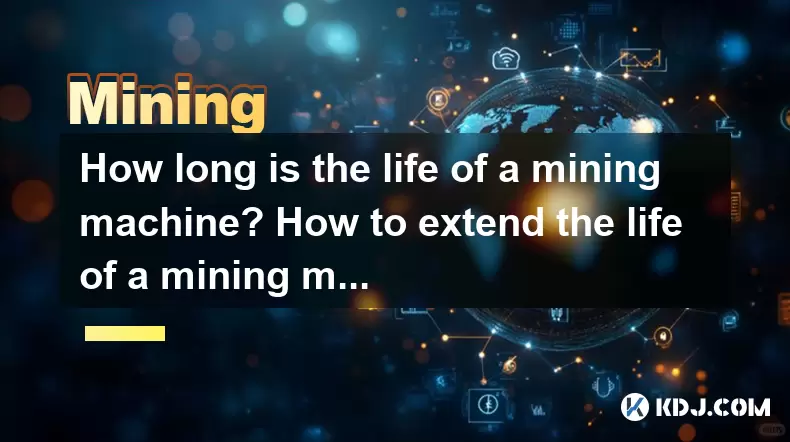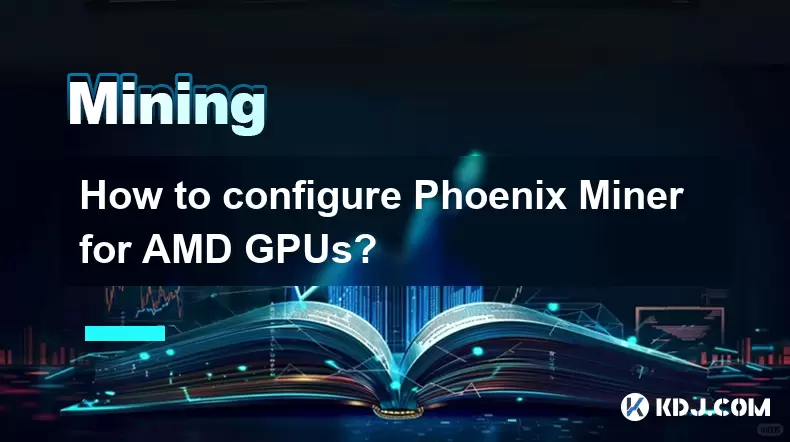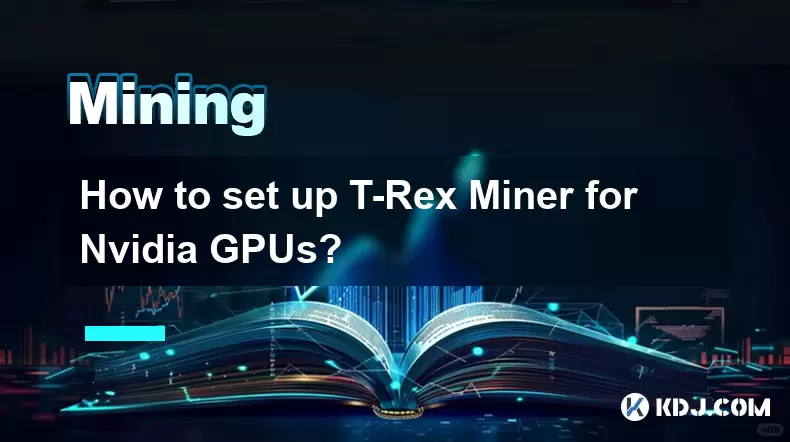-
 Bitcoin
Bitcoin $117600
0.25% -
 Ethereum
Ethereum $4424
0.10% -
 XRP
XRP $3.101
0.50% -
 Tether USDt
Tether USDt $1.001
-0.01% -
 BNB
BNB $836.2
1.26% -
 Solana
Solana $188.8
2.11% -
 USDC
USDC $1.000
0.01% -
 Dogecoin
Dogecoin $0.2301
0.57% -
 TRON
TRON $0.3485
-1.00% -
 Cardano
Cardano $0.9209
-1.34% -
 Hyperliquid
Hyperliquid $46.72
-1.19% -
 Chainlink
Chainlink $22.62
4.84% -
 Stellar
Stellar $0.4275
-0.38% -
 Sui
Sui $3.761
1.91% -
 Bitcoin Cash
Bitcoin Cash $586.7
-0.25% -
 Ethena USDe
Ethena USDe $1.001
0.01% -
 Hedera
Hedera $0.2510
2.06% -
 Avalanche
Avalanche $24.21
2.22% -
 Litecoin
Litecoin $119.7
1.07% -
 Toncoin
Toncoin $3.450
1.06% -
 UNUS SED LEO
UNUS SED LEO $9.411
-0.93% -
 Shiba Inu
Shiba Inu $0.00001298
1.20% -
 Uniswap
Uniswap $10.98
3.25% -
 Polkadot
Polkadot $3.961
2.16% -
 Dai
Dai $1.000
0.00% -
 Bitget Token
Bitget Token $4.642
0.95% -
 Cronos
Cronos $0.1514
0.57% -
 Ethena
Ethena $0.7290
3.78% -
 Monero
Monero $254.1
7.69% -
 Pepe
Pepe $0.00001102
2.47%
How long is the life of a mining machine? How to extend the life of a mining machine?
Mining machines last 1-3 years on average, but with proper maintenance like regular cleaning and optimal temperature control, they can operate up to 5 years.
May 09, 2025 at 04:07 pm

Mining machines, also known as cryptocurrency miners, are essential tools for those participating in the process of mining cryptocurrencies like Bitcoin. The longevity of these machines can significantly impact the profitability and efficiency of mining operations. This article delves into the typical lifespan of a mining machine and explores various strategies to extend their operational life.
Understanding the Lifespan of a Mining Machine
The life of a mining machine is influenced by several factors, including the intensity of use, the quality of the hardware, and the environmental conditions in which it operates. On average, a mining machine can last between 1 to 3 years, though some high-quality units may operate effectively for up to 5 years with proper maintenance.
The primary components that determine the lifespan of a mining machine are the GPU (Graphics Processing Unit) or ASIC (Application-Specific Integrated Circuit), the cooling system, and the power supply unit. Over time, these components can wear out due to continuous operation under high stress.
Factors Affecting the Lifespan of Mining Machines
Several elements can shorten or extend the life of a mining machine. Heat is one of the most significant factors; excessive heat can cause components to degrade faster. Dust accumulation can also impair the cooling system, leading to overheating. Additionally, the quality of the power supply can affect the machine's longevity, as fluctuations in electricity can damage sensitive electronic components.
The frequency of use is another critical factor. Machines that run 24/7 will naturally wear out faster than those used intermittently. The type of cryptocurrency being mined also plays a role, as different algorithms can put varying levels of stress on the hardware.
Strategies to Extend the Life of a Mining Machine
To maximize the lifespan of a mining machine, several maintenance and operational strategies can be employed. Here are some effective methods:
Regular Cleaning and Dust Removal: Dust can clog the cooling system, leading to overheating. Use compressed air to clean the machine regularly, ensuring that fans and heat sinks are free from debris.
Optimal Temperature Control: Keep the mining machine in a cool, well-ventilated area. Consider using additional cooling solutions like fans or air conditioning to maintain an optimal operating temperature. The ideal operating temperature for most mining machines is between 0°C and 40°C.
Stable Power Supply: Use a high-quality power supply unit (PSU) that can handle the power requirements of the mining machine. A stable power supply reduces the risk of power surges that can damage components.
Scheduled Downtime: Allowing the machine to rest periodically can help prolong its life. Implement a schedule where the machine is turned off for a few hours each day or week to cool down and reduce wear.
Firmware and Software Updates: Keep the mining machine's firmware and software up to date. Manufacturers often release updates that can improve performance and efficiency, which can indirectly extend the machine's life.
Monitoring and Maintenance: Use monitoring software to keep track of the machine's performance and temperature. Regularly check for any signs of wear or malfunction and address issues promptly to prevent further damage.
Choosing the Right Mining Machine
Selecting a mining machine with a longer expected lifespan can also contribute to its longevity. When choosing a mining machine, consider the following:
Reputation of the Manufacturer: Opt for machines from reputable manufacturers known for producing durable and reliable hardware.
Warranty and Support: Machines with longer warranty periods and good customer support can be more cost-effective in the long run, as they offer protection against early failures.
Efficiency and Power Consumption: More efficient machines generate less heat and consume less power, which can extend their lifespan and reduce operational costs.
Environmental Considerations
The environment in which a mining machine operates can significantly impact its lifespan. Ensure that the mining setup is in a clean, dry, and well-ventilated space. Avoid areas with high humidity, as moisture can cause corrosion and short circuits. Additionally, consider the noise level of the mining machine and its impact on the surrounding environment, as this can influence where and how the machine is used.
Economic Considerations and Upgrades
The economic aspect of mining machines cannot be overlooked. As technology advances, newer and more efficient mining machines become available, which can make older models less profitable. Consider upgrading to newer models when the cost of operation of the old machine outweighs its revenue. However, if the machine is still profitable, the strategies mentioned above can help extend its life and continue generating income.
Frequently Asked Questions
Q: Can overclocking a mining machine affect its lifespan?
A: Yes, overclocking can significantly reduce the lifespan of a mining machine. Overclocking increases the stress on the hardware, leading to higher temperatures and faster wear. If you choose to overclock, ensure that you have adequate cooling and monitor the machine's performance closely.
Q: Is it worth repairing a mining machine that has failed?
A: It depends on the cost of repair versus the cost of a new machine. If the repair cost is significantly lower and the machine is still profitable, it may be worth repairing. However, if the repair cost is close to or exceeds the price of a new, more efficient machine, it might be more economical to replace it.
Q: How can I tell if my mining machine is nearing the end of its life?
A: Signs that a mining machine is nearing the end of its life include increased noise levels, frequent crashes or shutdowns, reduced performance, and higher operating temperatures. Regular monitoring can help you identify these issues early.
Q: Does the type of cryptocurrency being mined affect the lifespan of the machine?
A: Yes, different cryptocurrencies use different mining algorithms, which can put varying levels of stress on the hardware. For example, mining Bitcoin with an ASIC can be more demanding than mining other cryptocurrencies with GPUs, potentially leading to a shorter lifespan for the machine.
Disclaimer:info@kdj.com
The information provided is not trading advice. kdj.com does not assume any responsibility for any investments made based on the information provided in this article. Cryptocurrencies are highly volatile and it is highly recommended that you invest with caution after thorough research!
If you believe that the content used on this website infringes your copyright, please contact us immediately (info@kdj.com) and we will delete it promptly.
- Kazakhstan's Crypto Leap: Bitcoin ETF and Central Asia's Digital Finance Future
- 2025-08-13 12:45:19
- BlockDAG Presale Blazes Past $371M: Fundraising Frenzy Fuels Crypto Sensation
- 2025-08-13 13:05:21
- Meme Coins: Chasing the 2025 Surge – Which Will Moonshot?
- 2025-08-13 10:25:23
- Bitcoin's Wild Ride: Rally, Pullback, and What's Next
- 2025-08-13 10:25:23
- Bitcoin, Bitmax, and Institutional Demand: A New Era of Crypto Investment
- 2025-08-13 10:45:12
- Solana, ROAM, and Airdrops: What's the Buzz in 2025?
- 2025-08-13 11:35:13
Related knowledge

How to configure Phoenix Miner for AMD GPUs?
Aug 11,2025 at 03:21am
Understanding Phoenix Miner and Its Compatibility with AMD GPUsPhoenix Miner is a lightweight, high-performance Ethereum mining software designed for ...

How to set up T-Rex Miner for Nvidia GPUs?
Aug 10,2025 at 12:07am
Understanding T-Rex Miner and Its Compatibility with Nvidia GPUsT-Rex Miner is a high-performance mining software designed specifically for Nvidia GPU...

What is "proof-of-work" and how does it relate to mining?
Aug 07,2025 at 02:03pm
Understanding the Concept of Proof-of-WorkProof-of-work (PoW) is a consensus mechanism used in blockchain networks to validate transactions and secure...

How to choose a crypto wallet for your mined coins?
Aug 13,2025 at 11:36am
Understanding the Types of Crypto Wallets for Mined CoinsWhen selecting a crypto wallet for your mined coins, the first step is to understand the diff...

What are the differences between mining on Windows vs. Linux?
Aug 06,2025 at 11:29pm
Overview of Cryptocurrency Mining PlatformsCryptocurrency mining involves using computational power to solve complex cryptographic puzzles and validat...

How to use an old computer for cryptocurrency mining?
Aug 07,2025 at 12:42pm
Understanding the Feasibility of Using an Old Computer for MiningUsing an old computer for cryptocurrency mining may seem outdated, but it is still te...

How to configure Phoenix Miner for AMD GPUs?
Aug 11,2025 at 03:21am
Understanding Phoenix Miner and Its Compatibility with AMD GPUsPhoenix Miner is a lightweight, high-performance Ethereum mining software designed for ...

How to set up T-Rex Miner for Nvidia GPUs?
Aug 10,2025 at 12:07am
Understanding T-Rex Miner and Its Compatibility with Nvidia GPUsT-Rex Miner is a high-performance mining software designed specifically for Nvidia GPU...

What is "proof-of-work" and how does it relate to mining?
Aug 07,2025 at 02:03pm
Understanding the Concept of Proof-of-WorkProof-of-work (PoW) is a consensus mechanism used in blockchain networks to validate transactions and secure...

How to choose a crypto wallet for your mined coins?
Aug 13,2025 at 11:36am
Understanding the Types of Crypto Wallets for Mined CoinsWhen selecting a crypto wallet for your mined coins, the first step is to understand the diff...

What are the differences between mining on Windows vs. Linux?
Aug 06,2025 at 11:29pm
Overview of Cryptocurrency Mining PlatformsCryptocurrency mining involves using computational power to solve complex cryptographic puzzles and validat...

How to use an old computer for cryptocurrency mining?
Aug 07,2025 at 12:42pm
Understanding the Feasibility of Using an Old Computer for MiningUsing an old computer for cryptocurrency mining may seem outdated, but it is still te...
See all articles

























































































